The doctors of the lazaret
Doctor Charles-Marie Labillois
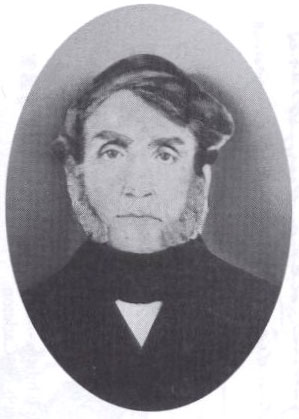 In 1849, Doctor Labillois accepted to be resident doctor at the lazaret in Tracadie. He was never remunerated for his services. However, during his stay at the lazaret, his medical care of lepers was very efficient. According to the Health Bureau secretary, the lepers admitted that their health was better and they seemed very happy.
In 1849, Doctor Labillois accepted to be resident doctor at the lazaret in Tracadie. He was never remunerated for his services. However, during his stay at the lazaret, his medical care of lepers was very efficient. According to the Health Bureau secretary, the lepers admitted that their health was better and they seemed very happy.
Since the opening of the first lazaret on Sheldrake Island, in 1844, no other doctor had invested as much effort to treat leprosy as Doctor Labillois had done. None other had deserved as much respect and affection from the sick and their families. He took care of the lepers at great risk to his own health and life. In 1864, he received from the French government the Sainte-Hélène medal coined in 1857 by the emperor Napoleon III.
Doctor James J. Nicholson
 On May 3, 1863, Doctor Nicholson arrived in Tracadie as a specialist. He thought that leprosy was hereditary and not contagious. To prove his theory, he even went as far as to inoculate himself with the disease. Doctor Nicholson’s stay somewhat alleviated the pain and brought some order among the lepers. He organized games and exercises outside in order to reduce boredom.
On May 3, 1863, Doctor Nicholson arrived in Tracadie as a specialist. He thought that leprosy was hereditary and not contagious. To prove his theory, he even went as far as to inoculate himself with the disease. Doctor Nicholson’s stay somewhat alleviated the pain and brought some order among the lepers. He organized games and exercises outside in order to reduce boredom.
Doctor Alfred Corbett Smith
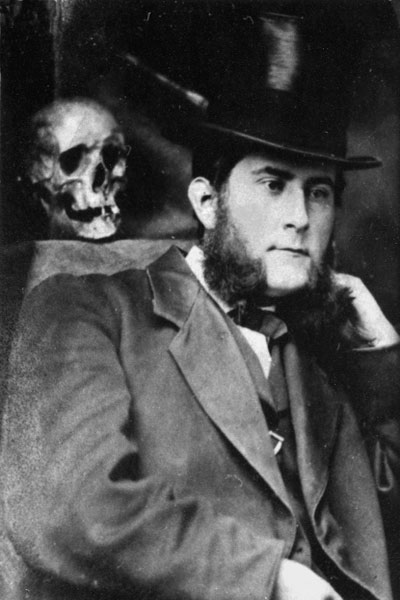 Born on June 7, 1841, Doctor Smith first practiced medicine in Newcastle. He was appointed doctor in charge of the lazaret in 1865 and he had a general practice in Tracadie.
Born on June 7, 1841, Doctor Smith first practiced medicine in Newcastle. He was appointed doctor in charge of the lazaret in 1865 and he had a general practice in Tracadie.
He even paid from his own pocket occasionally for certain medication. He admitted with the doctors of the era that leprosy was incurable. He was not interested at that time to find a cure; he was more interested in treating the symptoms.
Doctor Joseph-Antoine Langis
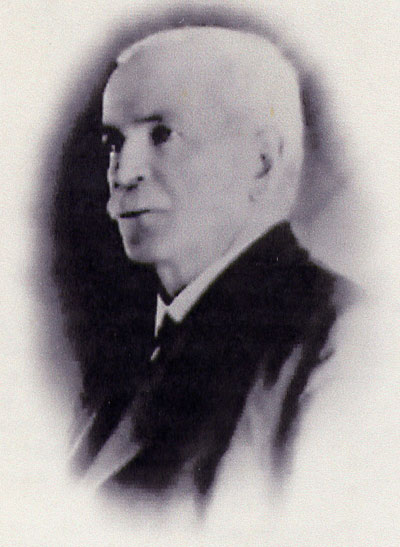 Doctor Langis was born in Rimouski, Québec. He was the first doctor to document the history of each patient and to try to trace back the disease in the individual families. Besides his twenty three years as superintendent of the lazaret, he had a private practice in Tracadie. During that period, the number of leprosy cases dropped considerably, from twenty two cases per year when he arrived in 1909, to ten when he retired in 1933.
Doctor Langis was born in Rimouski, Québec. He was the first doctor to document the history of each patient and to try to trace back the disease in the individual families. Besides his twenty three years as superintendent of the lazaret, he had a private practice in Tracadie. During that period, the number of leprosy cases dropped considerably, from twenty two cases per year when he arrived in 1909, to ten when he retired in 1933.
Doctor Walter Thomas Ryan
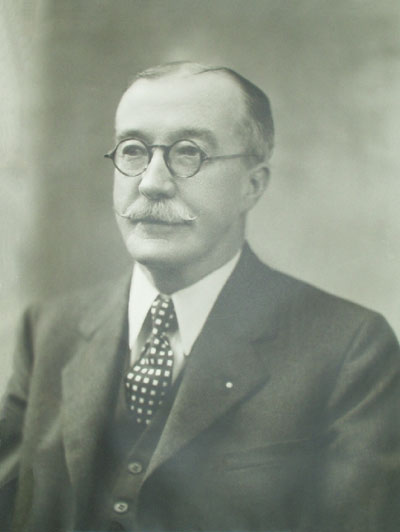 Doctor Ryan was originally from Fredericton. He came to the lazaret in 1933. He was entrusted with the position of superintendant to replace Doctor Langis who had just retired. On February 19, 1939, Doctor Ryan died from a heart ailment.
Doctor Ryan was originally from Fredericton. He came to the lazaret in 1933. He was entrusted with the position of superintendant to replace Doctor Langis who had just retired. On February 19, 1939, Doctor Ryan died from a heart ailment.
Doctor Joseph-Charles Taché
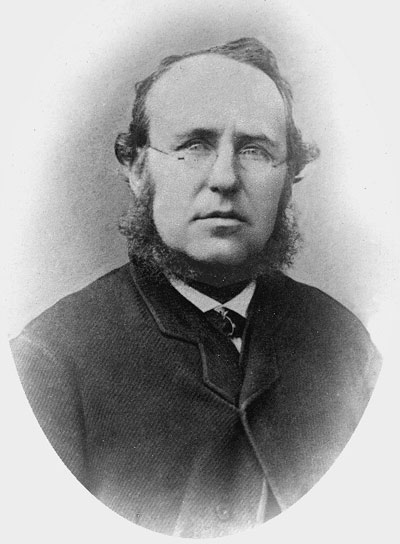 In the early 1870’s, Doctor Joseph-Charles Taché visited the lazaret in Tracadie several times where he conducted an interesting study on leprosy. He proposed transferring the administration of the lazaret from the provincial to the federal government in order to facilitate financial aid. The procedures were executed and concluded with the signature of an agreement in Tracadie on November 25, 1880.
In the early 1870’s, Doctor Joseph-Charles Taché visited the lazaret in Tracadie several times where he conducted an interesting study on leprosy. He proposed transferring the administration of the lazaret from the provincial to the federal government in order to facilitate financial aid. The procedures were executed and concluded with the signature of an agreement in Tracadie on November 25, 1880.
Doctor Aldoria Robichaud
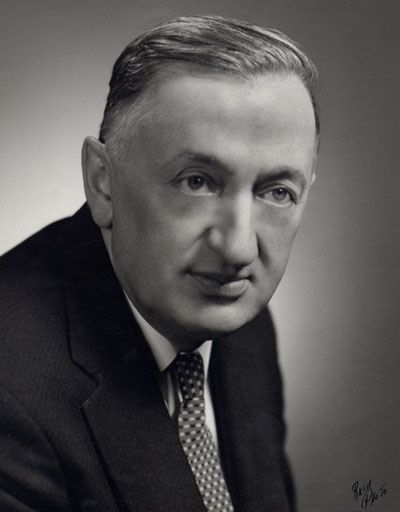 Doctor Robichaud arrived in Tracadie in 1934 as surgeon at the Hôtel-Dieu. He practiced as a doctor for 50 years and greatly contributed to the development of health care at Hôtel-Dieu of Tracadie. In 1939, he was appointed medical superintendent of the lazaret in addition to his duties at the hospital. In 1947, he visited the Carville Lazaret in Louisiana, USA, in order to become familiar with the new research in the treatment of the Hansen bacillus. Upon his return, he performed the treatment on his patients with success.
Doctor Robichaud arrived in Tracadie in 1934 as surgeon at the Hôtel-Dieu. He practiced as a doctor for 50 years and greatly contributed to the development of health care at Hôtel-Dieu of Tracadie. In 1939, he was appointed medical superintendent of the lazaret in addition to his duties at the hospital. In 1947, he visited the Carville Lazaret in Louisiana, USA, in order to become familiar with the new research in the treatment of the Hansen bacillus. Upon his return, he performed the treatment on his patients with success.

